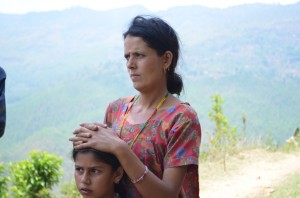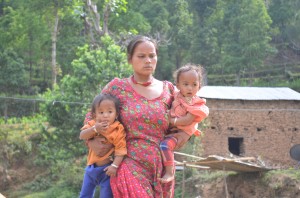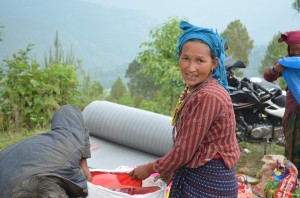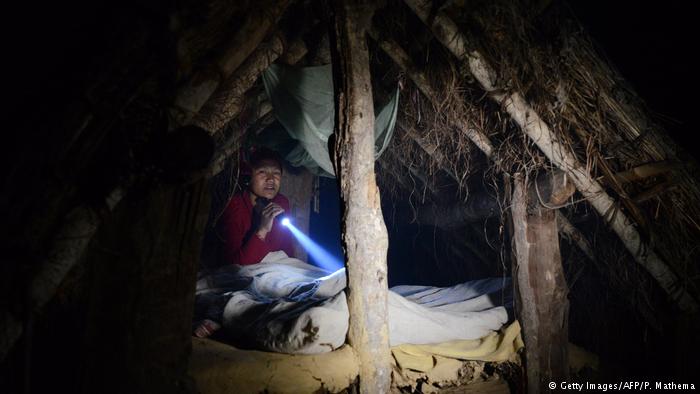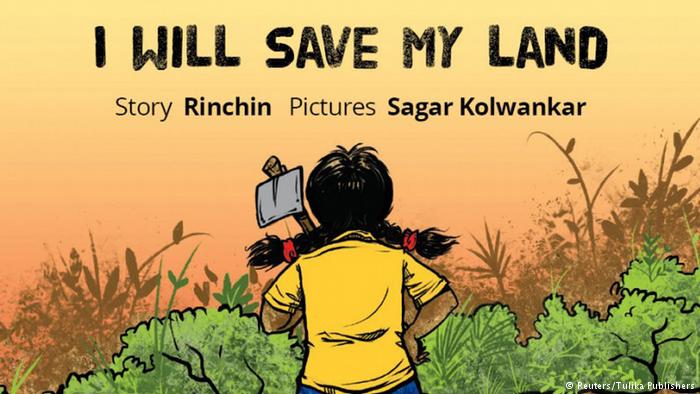Nepali Women – Caught in a Terrible Vortex
Dhankumari, 57, lost her belongings and livestock in the killer earthquake that shattered her home on April 25. After the next tremor on May 12, she is even more worried. She is only one of many. Thousands of women and children are affected by Nepal’s devastating earthquake and do not know how to continue with their lives. Relief workers warn of the threat posed to these women by sex traffickers.
It is estimated that at least 1.7 million children have been affected by the earthquakes, of whom some 260,000 have lost everything – their homes, their clothes and tragically sometimes their families. With the onset of the monsoon season, the Nepalese are scared and are wondering how to cope.
Sarmila Tamang, a young mother, has still not heard any news of her husband after the earthquake of April 25. He works as a driver in the capital, Kathmandu. She waits patiently everyday hoping just to hear that he is alive. A resident of the remote Kalika village in Nepal, Tamang’s life still hangs in a delicate balance.
Nilam Adhikari is distraught and dejected after the quake flattened her home in Sindupalchowk, north-east of Kathmandu, the worst affected district. A mother of two, Nilam complains that she has got no help from the government and will now have to think of ways to keep the home fires burning. Her husband is crippled.
The 7.8-magnitude earthquake on April 25 killed more than 8,000 people, left almost 18,000 injured, and aid agencies have struggled to reach remote communities. With infrastructure and livelihoods destroyed, the current situation makes it easier for traffickers to prey on women and children.
Some children have already been rescued by the Indian authorities on the India-Nepal border while Nepalese police stopped a group which had picked up 40 children from a remote area hit by the earthquake and were taking them to the capital, Kathmandu, where there are a number of bars and massage parlours which also function as brothels.
The United Nations estimates that up to 15,000 girls are trafficked each year from Nepal, forced into sex work as far away as South Korea and South Africa, although the vast majority is lured to India where thousands work in brothels. Unfortunately, even after a tragedy like this, traffickers are around to exploit the situation.
Ranju Limbu is scared for her three young daughters – all whom are teenagers following the quake. She has heard of stories of traffickers luring and abducting young girls. She is determined to make sure that her daughters are never out of her sight.
After traveling in Nepal’s rural hinterland especially in areas which are very remote, young women feel vulnerable and scared – for two reasons.
At one level they have no roofs over their heads and given that they have to spend so much time in the open, they fear for their children who could easily fall into the hands of unscrupulous traffickers.
They are caught in a horrific vortex. It is about survival and about being able to secure the well-being of their families all at the same time. And the monsoon season is approaching.
Footballers in Nepal Warm Up to Gender Justice
Talking about ‘real men’ and helping young men to discover their potential to contribute to a better societ is a challenge so Bandana Rana has roped in Nepal’s men in the struggle for gender justice. (From Januar 30, 2015)
Why fighting human trafficking is not easy
“Often trafficking victims don’t even know that there is a label to describe what happened to them,” says Luis CdeBaca Ambassador-at-Large to Monitor and Combat Trafficking in Persons from the US State Department. (From August 8, 2014)
The ‘slaves’ in an Indian household
58-year-old Kaveri Ammal works as a domestic help in a neighborhood in Chennai in southern India. She leads a hard life, travelling 15 kilometers everyday to work in different neighborhoods and earning a salary of about 2,500 Rupees or around 50 dollars every month. (From June 13, 2013)




